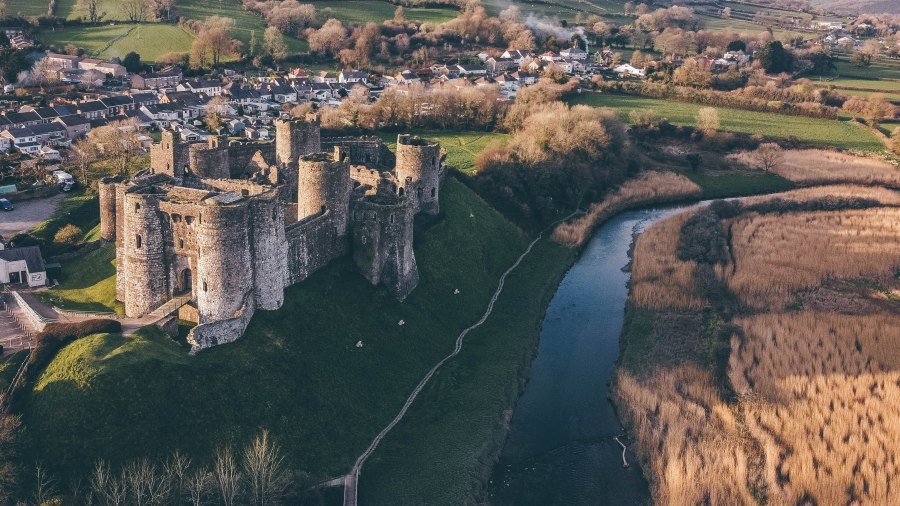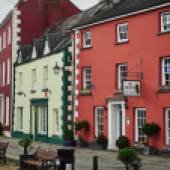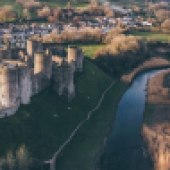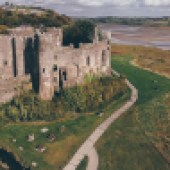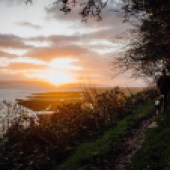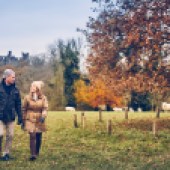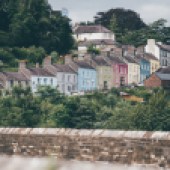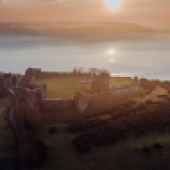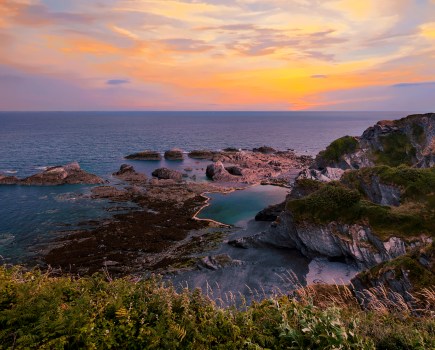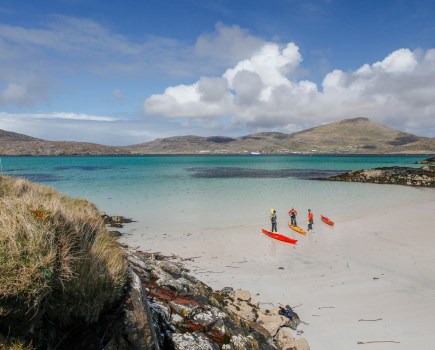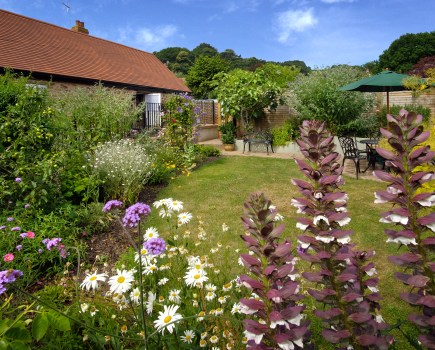To help their visitors experience the real Welsh Wales, its rural heritage and the slower pace of the winding roads once used by the drovers, Discover Carmarthenshire has developed the new The Wild Drovers’ Way scenic touring route. This countywide loop explores the lazy lanes of the county over three legs which are fittingly named after native Welsh sheep breeds – Llanwenog, Black Ox and Balwen.
The new ‘slow’ travel route covers a total of 180 miles and follows country lanes where the yodel of ‘heiptro ho’ would have once sounded to alert the arrival of the drove as far back as the Middle Ages. There is a comprehensive online guide to the areas covered as well, with commentary on the historic points of interest as well as Google Maps of the three stages of the route.
The trail reaches the foothills of the Cambrian Mountains, crosses into the Brecon Beacons, meandering through pretty market towns, dropping down to sandy beaches and estuary villages. It can be enjoyed by those touring in a car or by bike for the more energetic.
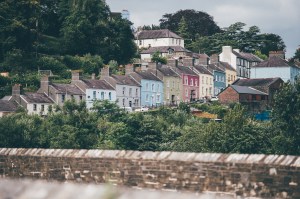
Once thronged by the drovers with their sheep and cattle, the sleepy villages are linked by quiet lanes and punctuated with timeless county pubs, coaching inns, toll houses, livestock markets and smithies which can be enjoyed on route.
Taking it slow the loop is divided into three legs and can be enjoyed as a short break over three to four days or indeed longer, with each stage having suggested places to eat, stay overnight and recharge electric vehicles.
The droving heritage is evident at many turns such as the statue in Llandovery of the plump, glowering drover with hearty whiskered chops, a long coat, hat and stick, positioned close to the Banc yr Eidion Du (Bank of the Black Ox) which was founded in 1799.
Dramatic sections of the drive include the wild exposed stretch of mountain road running up to the Black Mountain viewpoint, one of the most dramatic drives in Wales, as well as a breathtaking detour which can be taken to follow the Tywi upstream to Rhandir-mwyn and beyond, guarded by forested hills to either side.

And, while today’s travellers won’t have sheep, pigs or geese to herd, they will enjoy the same warm hospitality as they drive through valleys and cross mountains, from market town to market town unlocking the heritage of this real slice of Welsh Wales.
Llanwenog Route runs from Carmarthen to Cenarth (54 miles) taking in a chunk of the county’s coast with Dylan’s Boat House and Writing Shed in Laugharne, Llansteffan – with its castle above the beach and seven miles of sand at Pendine -before moving into the hinterland towards Cenarth and the stone bridge over the falls.
Balwen Route explores the area between Cenarth to Llandovery (54 miles) and stays inland weaving around unspoilt beauty spots and the amazing wildlife in places such as Rhandir-mwyn and Dinas-Gwenffrwd RSPB reserve at Ystrad-ffin. Free and not to be missed is the National Wool Museum where visitors follow the process from fleece to fabric. Also, the views of the Cambrian Mountains along the way are sublime.
Black Ox Route heads down from Llandovery via the Brecon Beacons to Carmarthen (73 miles). Llandovery is the beating heart of drover country with its fine King’s Head building, where the Black Ox Bank was first opened in 1799 and King Charles had his personal Welsh residence nearby. Colourful Llandeilo is a great spot to stop for coffee and boutique browsing and watch out for the wonderfully named hamlet of Bethlehem along the way.
To view The Wild Drovers’ Way go to: discovercarmarthenshire.com/explore/the-wild-drovers-way/ or follow social media on Instagram at instagram.com/discovercarms or Facebook at facebook.com/discovercarmarthenshire. A recommended three-night itinerary to experience the entire route would include overnight stays at Carmarthen, Newcastle Emlyn and Llandovery.

